The year is 1899. The streets of London are crawling with thieving scoundrels and ne’er-do-wells of every unsavoury sort. You – refined lady or dignified gentleman that you are – need a way to defend yourself from a possible attack on your person or belongings. And you’re in luck: Edward William Barton-Wright has just the thing.
A British railroad engineer, Barton-Wright had recently spent several years working in Japan, where he took up the practice of jujitsu. Upon his return to London, he quit his engineering career and began developing his own self-defence techniques combining elements of jujitsu, boxing, cane fighting and savate, or French kick-boxing. He called it Bartitsu – a portmanteau of “Barton” and “jujitsu” – and it’s believed to be the first-ever martial art to combine Asian and European styles of self-defence.
Designed for the Edwardian urban dweller, Bartitsu provides a system of self-defence using fist and foot, but also accessories that were common at the time, such as an umbrella or walking stick. There are even techniques for using your overcoat as a means of thwarting an attacker.
It is to meet eventualities of this kind, where a person is confronted suddenly in an unexpected way, that I have introduced a new style of self-defence, which can be very terrible in the hands of a quick and confident exponent.”
– Edward William Barton-Wright, “The New Art of Self-Defence”, from Pearson's Magazine, March-April 1899
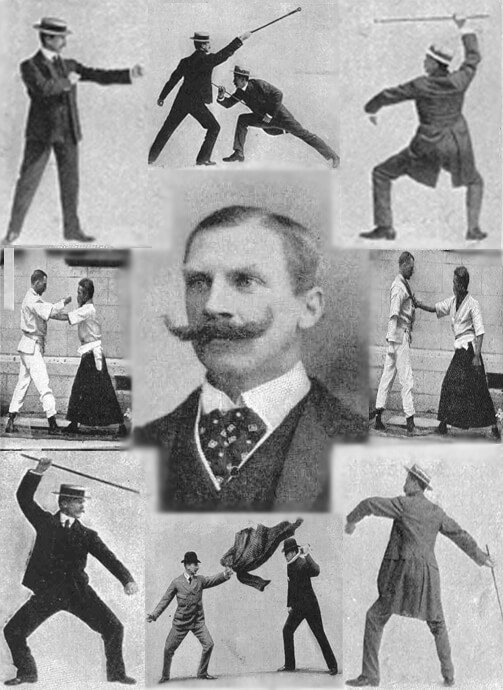
[Photo: Artful Dodger via Wikimedia Commons]
Barton-Wright publicised his new martial art through newspaper articles and exhibitions, and in 1899 he established the Bartitsu Club in Soho, enlisting the help of contemporary self-defence masters like Yukio Tank, Armand Cherpillod and Pierre Vigny to help train the bartitsukas (practitioners of Bartitsu), which included notable politicians, military men and other members of London’s high society. Edith Garrud would take up Bartitsu and teach techniques to the Suffragettes and Suffragette Bodyguard team.
Unfortunately, interest in Bartitsu was short-lived. Flagging enrolment led Barton-Wright to shutter the Bartitsu Club in 1902. He went on to pursue a career in physical therapy, and the art of Bartitsu was lost to history …almost.
As it happens, Sir Arthur Conan Doyle’s 1903 short story “The Adventure of the Empty House” references the art, recounting how Sherlock Holmes used “baritsu” [sic] techniques to defeat a formidable enemy. A craze for all things Sherlockian in recent decades has, in turn, fuelled a renewed interest in the practice, especially in the US and UK where Bartitsu clubs and classes are training a new generation of bartitsukas – nearly a century after the original Bartitsu Club closed its doors.
We caught up with Hampshire-based Bartitsu instructor James Marwood (featured in the video above) to learn more about this intriguing martial art and its modern-day practice.
Amex Essentials: What are the central principles of Bartitsu?
James Marwood: The principles of Bartitsu are to avoid violence wherever possible, to de-escalate any disagreements safely, and only if essential to bring a situation to as swift and safe a conclusion as possible. In terms of the martial side of Bartitsu, this means training to be able to fight with the fists, feet and cane, as well as being able to grapple. A typical Bartitsu approach would be to use striking techniques to discombobulate your opponent before throwing them to the ground.
Gentlemanly conduct and full-contact martial arts seem like strange bedfellows. How does Bartitsu reconcile the concepts of social decorum and personal defence?
Unfortunately, not everyone agrees that it’s important to behave with social decorum and good manners. This means that, regardless of how you choose to comport yourself, others may have different ideas – and that means that you must be ready to manage conflict. Of course, the best outcome is a peaceful resolution to any situation, and that is what a bartitsuka aims for. However that isn’t always possible, and so a gentleman or lady should know how to take care of themselves and those around them.
Bartitsu has been around since the late 19th century, but the practice experienced a century-long decline before its revival in the early 2000s. To what do you attribute the renewed interest in practicing Bartitsu?
Really, we owe this to the internet. This allowed enthusiasts from around the world to connect and share our love of Bartitsu. From early mailing lists to modern social media, the rekindling of Bartitsu has been largely fuelled by the growth in our online lives. Of course, the resurgence of interest in Sherlock Holmes, Steampunk and the like has also helped.
Do you see Bartitsu as something uniquely British, could you imagine it having been developed anywhere else?
I think Britain – and especially London – at the time had a unique set of circumstances: It had a wealthy middle class, with an interest in unusual and exotic things from different countries. It had both high crime and a growing newspaper industry to increase the fear of crime, and it was able to attract people from all over the world. Other syncretic martial arts have been created after Bartitsu, such as the Hungarian-Israeli Krav Maga and modern MMA (mixed martial arts). All share similar roots but come from different cultural contexts, and so look very different.
What motivated you personally to take up the art of Bartitsu?
I learned of Bartitsu through an event the Bartitsu Society held in the mid-2000s. I saw a short demo, and read some of the articles published by Barton-Wright. I was hooked, and began studying it myself immediately. I was lucky enough to be able to spend time with instructors who knew the arts that make up Bartitsu, and so that also helped. I also later learned that my university Judo instructor, Mr Alan Grout, had even trained with one of the Bartitsu Club’s instructors as a boy, the great judoka Yukio Tani.
What are the key moves for any beginner to master?
As with most sports, the most important things to learn as a beginner are how to train safely, and how to maintain position. For the budding bartitsuka, this means learning to fall safely, and getting good footwork. From there you will quickly learn how to strike, grapple and throw people.
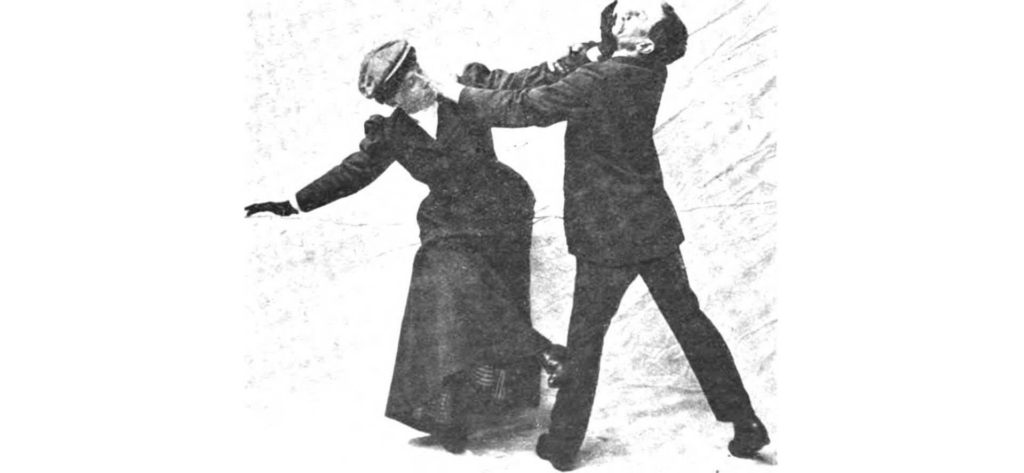
[Photo via bartitsu.org]
What are a Bartitsu practitioner’s most trusty weapons or resources?
Intelligence, thoughtfulness and politeness. Being a good person, with good manners and an open approach to people will take you a lot further in life than anything else. If that fails, then you have the tools to deal with most problems, but ideally you’ll never need them outside of the training hall.
What advice do you have for anyone interested in taking up Bartitsu?
It can be hard to find a club, but Bartitsu is an open source martial art. Anyone with some experience in other arts can begin training, simply by downloading articles from the Bartitsu Society website, where you’ll find information on classes, how to start your own study group and loads of information and history on the art. Of course, training alone can only take you so far, so find people to train with wherever possible. Honest, robust training and testing of your techniques against an actively resisting training partner are essential to developing skill in the art.
And, finally, have you ever had recourse to use your Bartitsu skills in a real situation?
Unfortunately, this has happened once or twice. It’s a consequence of living in a big city. Suffice to say, I remain unharmed.

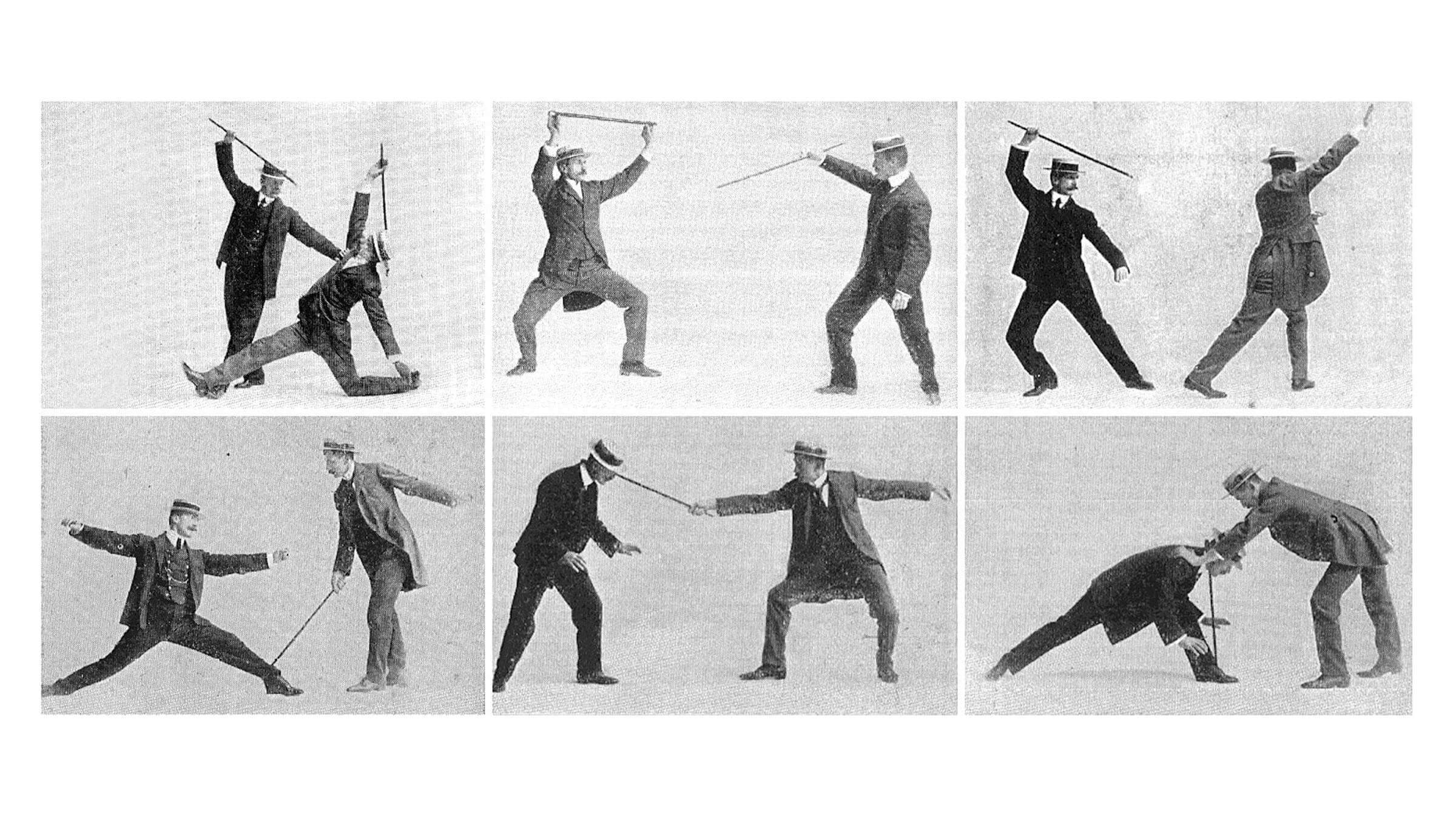

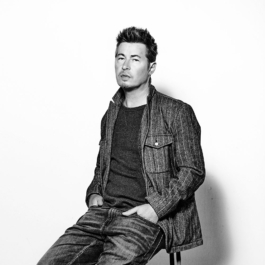




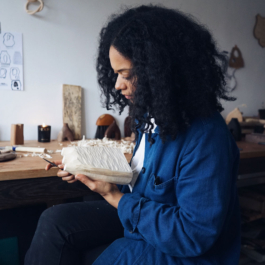




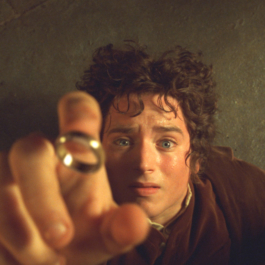
Sorry, the comment form is closed at this time.